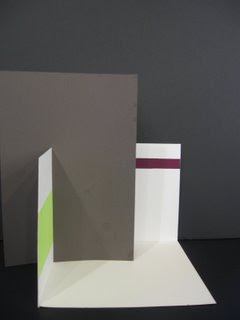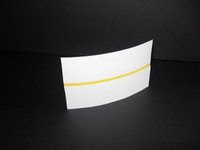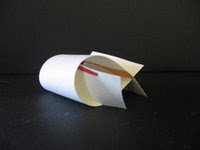1. This course has opened up my thoughts about design being an important role in the culture and the lives of the people experiencing it. It has taught me what factors to consider when I design. In studying different buildings and styles I have acquired a broader perspective into the design world and what certain "design" elements can offer to an object, structure, or building. This course has provided me with a library of knowledge to use when designing later works.
2. One building that we have discussed in class that links forward into today's society is the Post Office Savings Bank by Otto Wagner. This building stood out during its time in the development of modern architecture. This building deals with aspects of design that we are still dealing with during this time period of design. The Savings Bank influenced the idea of incorporating all parts of the design and not just certain parts. It spoke a language simplifying the ornamentation while still keeping it aesthetica

lly pleasing. This building is acting as an example on design today.
3. As designers we cannot forget where we come from. By discovering innovations and ideas from the past we are able to develop the present and future in design. In this way we embrace the past. We have study the cultures and living styles of the past and the architecture and designs that follow it. In doing this we are able to see the patterns and styles that work. This can then be applied to the present design. The knowledge that we have today and the technology we have is added to past designs and ideas to come up with a new innovative design that speaks a language of present day time.
4. For the Icons of Modernism, my group had All In the Family. I learned that the design world had a huge impact on the lives of people in the 50's and 60's. With advancements in technology, the designs also became more advanced with products such as the portable radio, and color TV. Technology allowed the designs to become more innovative throughout the decades. Now, in the 21st century, we are living off the same concept of technology. It is still improving, allowing the design aspects to improve. The products are able to become solely to benefit the consumer and are not having to work around the absence of technology. Also, we are able to have HD tv and ipods, which are a huge advancement from the 50's and 60's, but could not have happened if it wasn't for the designs of that time.









 lly pleasing. This building is acting as an example on design today.
lly pleasing. This building is acting as an example on design today.